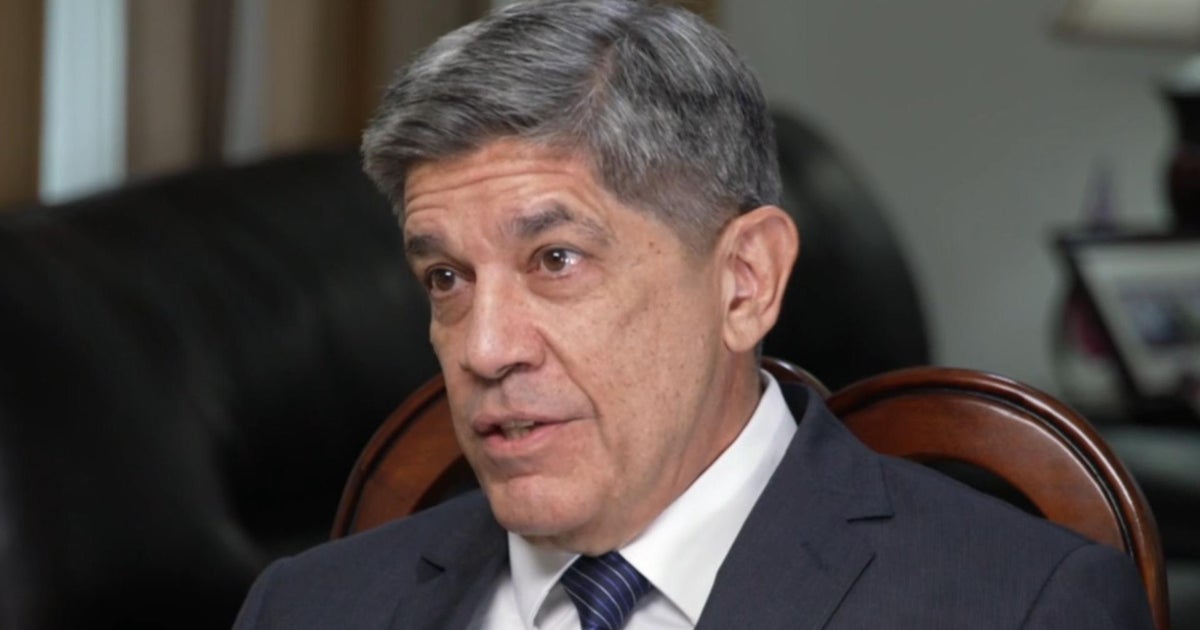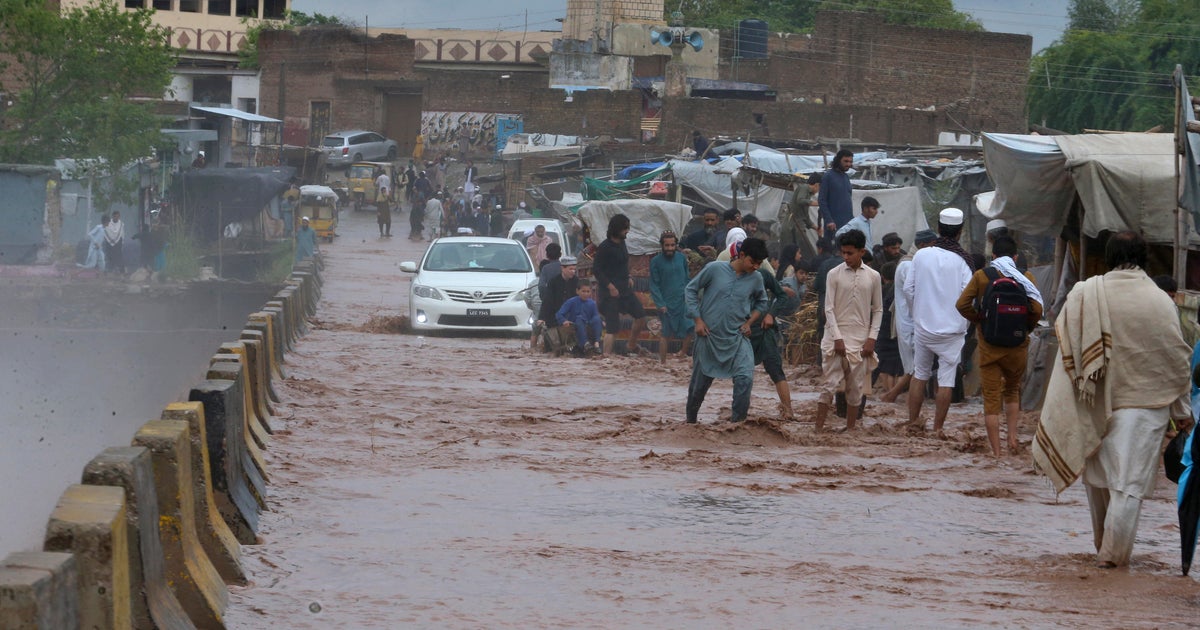Physical attacks on power grid rose by 71% last year, compared to 2021
Physical attacks on the U.S. power grid rose last year by 71%, compared to 2021 and surpassed 2020 figures by 20%. The industry's preeminent clearinghouse predicts the number of serious incidents will continue to rise this year.
CBS News has obtained a confidential analysis of physical attacks on the U.S. power grid authored by the Electricity Information Sharing and Analysis Center (E-ISAC), which is a data center documenting threats against the electrical system and a division of the North American Electric Reliability Corporation (NERC).
According to the analysis, E-ISAC "assesses with medium confidence that the recent uptick in serious physical security incidents is likely to continue into 2023 based on the number and nature of recent attacks combined with the overall current heightened threat environment."
An uptick in ballistic damage, intrusion (tampering) and vandalism incidents drove the increase in "grid impacting" incidents since 2021, according to the analysis.
"The smaller 20% increase (2020 to 2022) is due to the high number of serious incidents that occurred during 2020 that can be attributed to the onset of COVID, increased social tensions and a decline in economic conditions," the study found.
A "unusual" number of "repeat and clustered attacks" on infrastructure in the Southeast, Midwest and Pacific Northwest occurred in 2022 involving "individual sites being repeatedly targeted or multiple sites being targeted within close proximity to one another."
One of those attacks occurred last December, with the deliberate shooting of power substations in Moore County, North Carolina, leaving 45,000 people in the dark for several days.
The analysis by E-ISAC is the most comprehensive and includes mandatory reporting of incidents to federal agencies or NERC, as well as voluntary disclosures made in confidence.
And while E-ISAC has determined that "overall physical security incident sharing" has increased by 11% since 2021 and 25% since 2020, analysts assess that the spike in grid-impacting incidents "is due to an actual increase in the electric industry's risk environment and is not just the result of fluctuations in information-sharing patterns by utilities."
Between 2020 and 2022, E-ISAC tracked 4,493 incidents: 502 received through mandatory reporting and 3,991 through voluntary means.
The vast majority — 97% — of the incidents "resulted in no disruption of service." But the remaining 3% of incidents resulted in "varying levels of grid impacts." Toplines of this study were first reported by the Wall Street Journal.
"It's important to note that new fencing, cameras, or better lighting isn't going to prevent attacks. They will continue to happen," said Brian Harrell, former assistant secretary for infrastructure protection at the Department of Homeland Security (DHS). "This is why we must invest in resilience, adding redundancy, and removing single points of failure. Certain attacks on critical infrastructure should be legally treated as domestic terrorism."
Harrell said that he suspects groups or individuals plotting these incidents to "go underground" in the short term because of increased attention by law enforcement recently, but he ultimately anticipates attacks will escalate in 2023.
According to industry analysis obtained by CBS News, incidents affecting power grids may occur outside the perimeter with suspects "throwing objects at electrified equipment and components to cause de-energization" and "focused ballistic attacks aimed at de-energizing equipment or causing fires by targeting a specific area of a specific component." Inside the perimeter, intrusions may occur into control houses to damage or destroy equipment, set fires or tamper with switches.
Groups have different motivations for attacking grid assets. Economic crimes — theft of copper, tools and catalytic converters — remain a challenge for the industry.
But while regulators have worried about targeting of substations for years, there is mounting concern among industry analysts that racially motivated violent extremists, lone wolves and radical environmentalists present an elevated threat, perhaps linked to more readily available information online about specific tactics, techniques and procedures.
In January, two people were charged in connection with Christmas-Day attacks on substations in Pierce County, Washington state, impacting thousands of customers.
"We've seen attacks against the power grid for a number of years, and some of those attacks are simply people shooting into substations around the country for purely criminal reasons," Kenneth Wainstein, undersecretary of the Office of Intelligence and Analysis at the Department of Homeland Security, told CBS News last week in an exclusive interview. "But some of these shootings are also being done by domestic violent extremists" who are trying to engineer a societal collapse.
This month, two people — including a known neo-Nazi — were indicted by a federal grand jury after allegedly plotting to attack five power substations in Maryland and Pennsylvania to "lay waste" to the city of Baltimore.
Sarah Beth Clendaniel and Brandon Russell allegedly planned the offensive online. According to court documents, Clendaniel "described how there was a 'ring' around Baltimore and if they hit a number of them all in the same day, they 'would completely destroy this whole city.'"
"The vision, in short, is that they want to take down the energy grid because if they take down the energy grid, they believe that society will then collapse," Wainstein said. "And out of the collapse, [they believe], will arise a white nationalist government to replace the current government. And we've seen this narrative online among these white nationalist groups."
White supremacist plots targeting the grid have "dramatically increased in frequency," according to a study released in September by The Program on Extremism at George Washington University. From 2016 to 2022, thirteen people linked to white supremacist movements have been charged in federal courts with plotting attacks on electrical infrastructure, including 11 defendants indicted after 2020.



